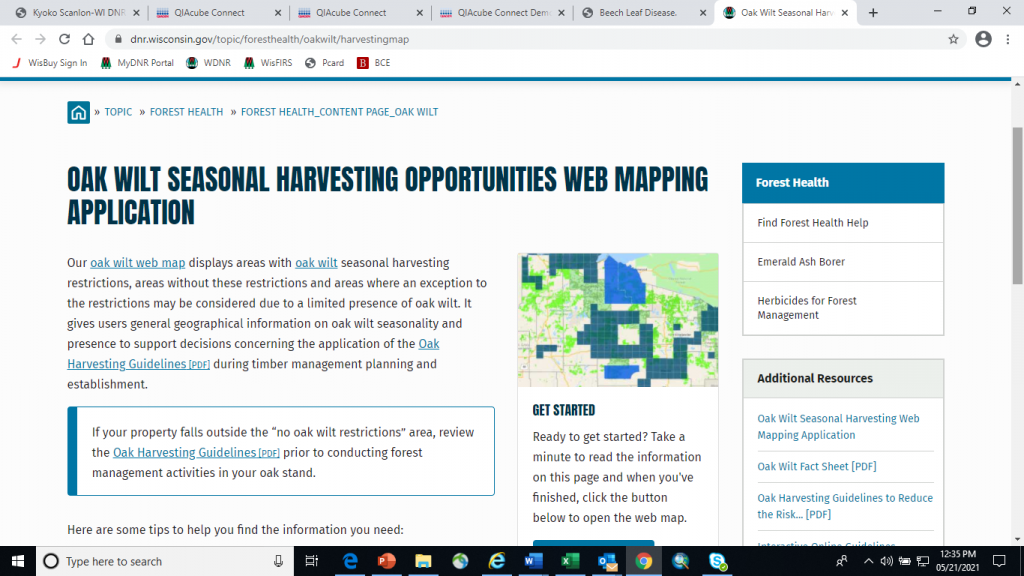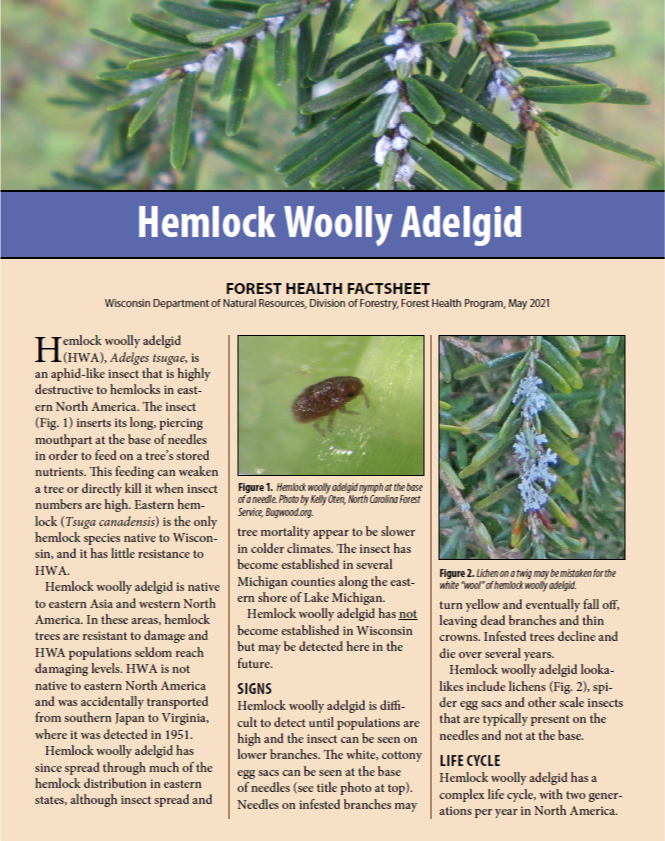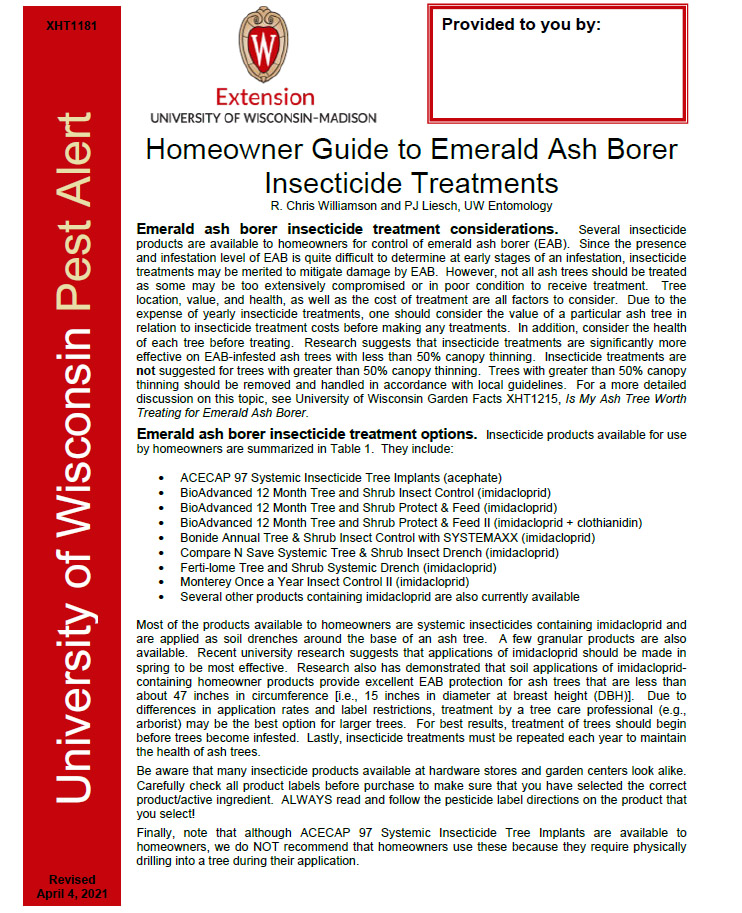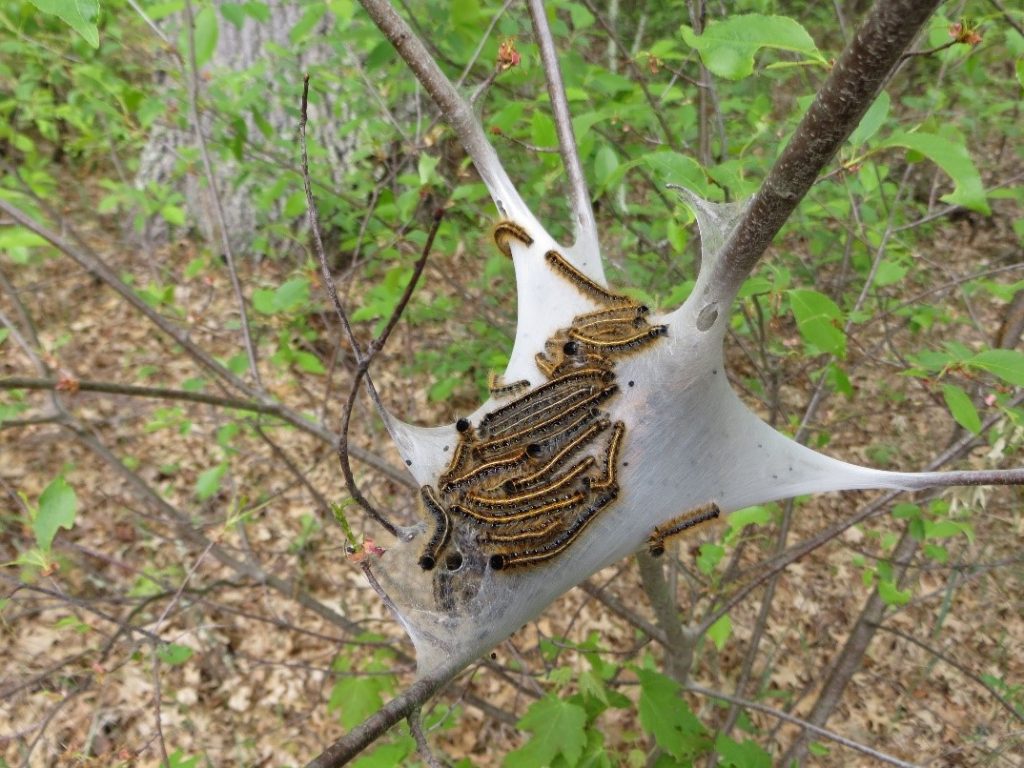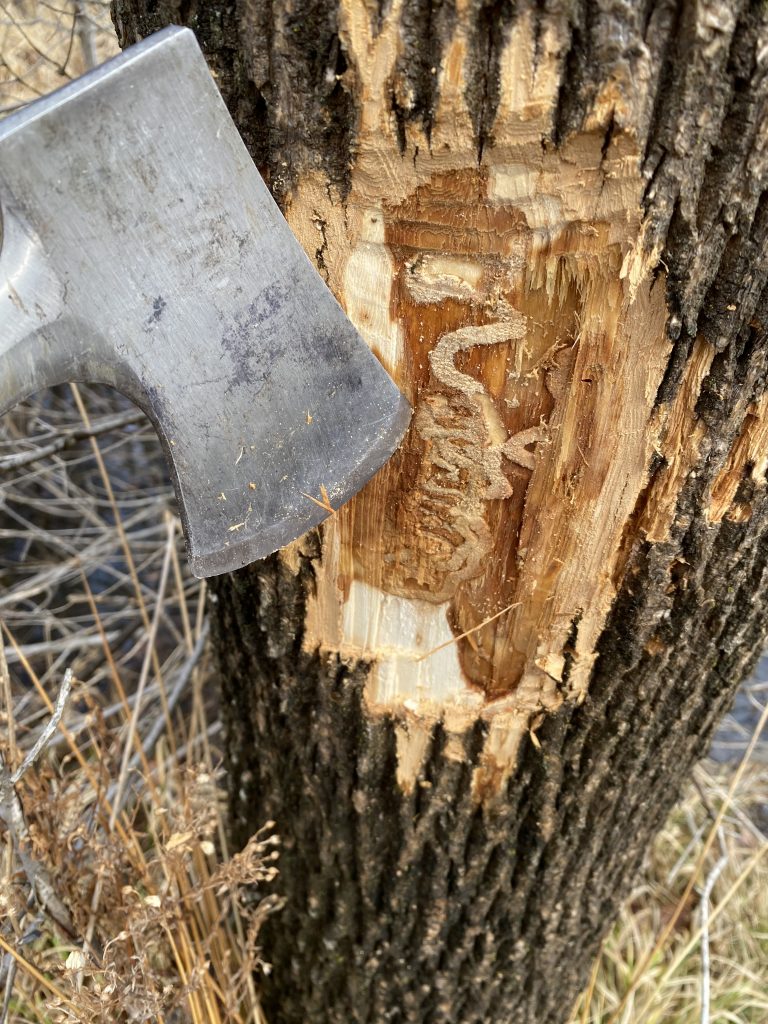By Andrea Diss Torrance, Invasive Insects Program Coordinator, andrea.disstorrance@wisconsin.gov, 608-516-2223
Gypsy moth has moved slowly across Wisconsin in the last 30 years since gaining a foothold in the counties along Lake Michigan. This month, the Animal and Plant Health Inspection Service and the Department of Agriculture, Trade and Consumer Protection (DATCP) determined that the invasive pest has become established in Eau Claire and Richland counties and have extended the quarantined area to include them. This is the first time since 2015 that new counties have been added to the quarantine. Fifty-two of Wisconsin’s 72 counties are now quarantined for gypsy moth.
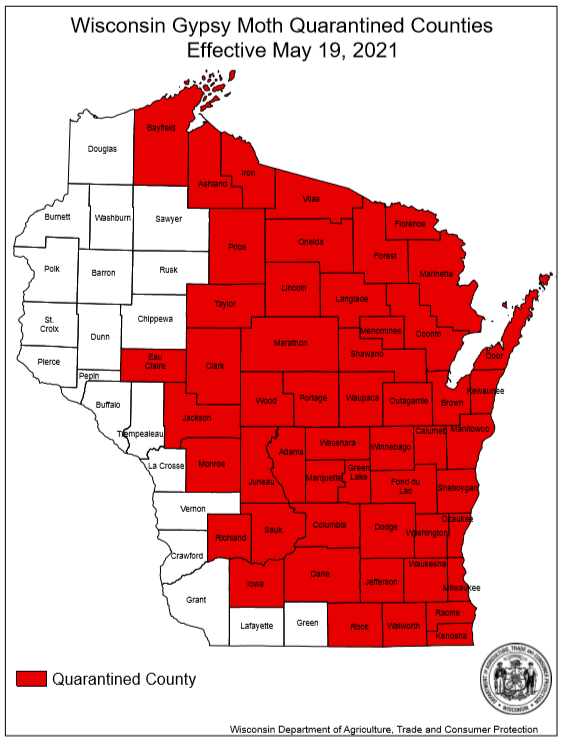
Wisconsin Gypsy Moth Quarantined Counties
Continue reading “Eau Claire And Richland Counties Now Added To The Gypsy Moth Quarantine”

